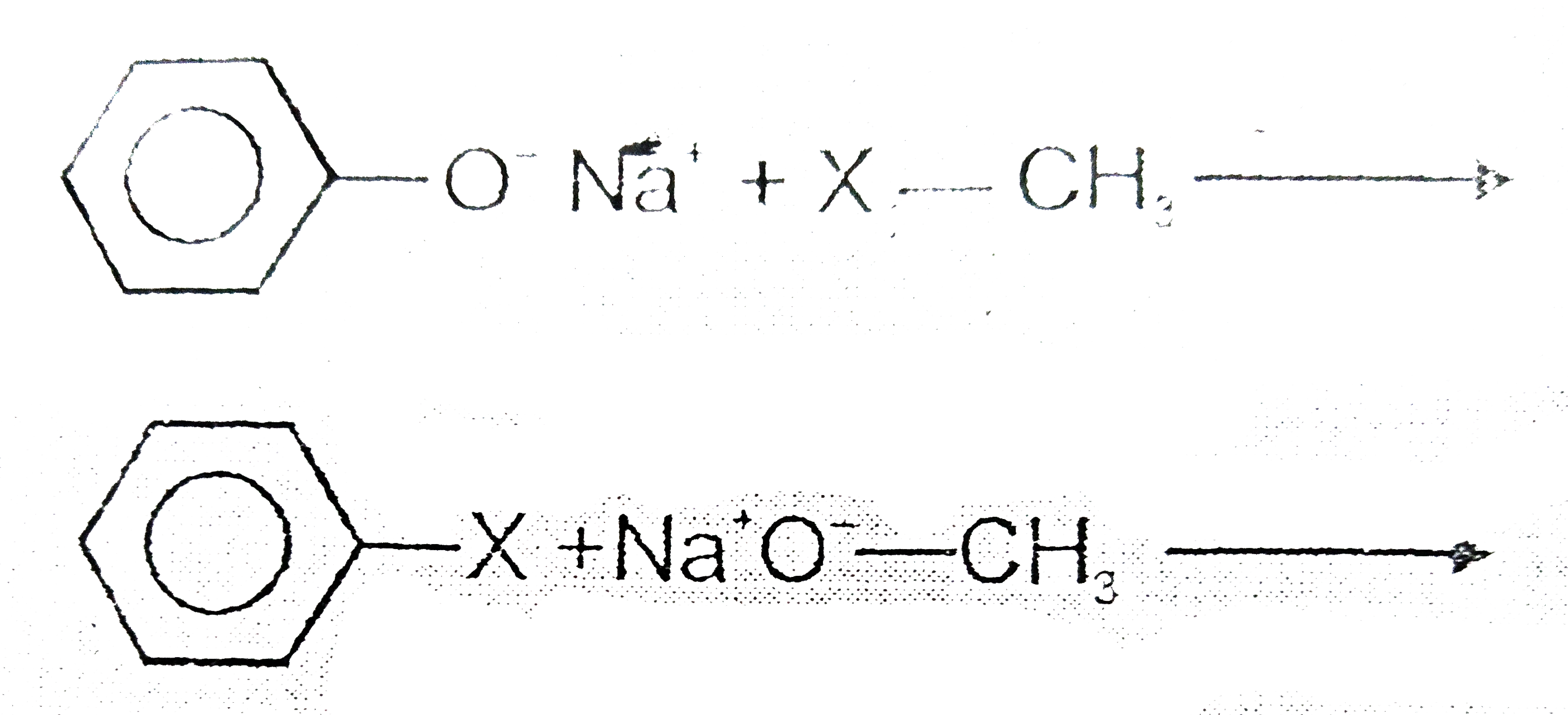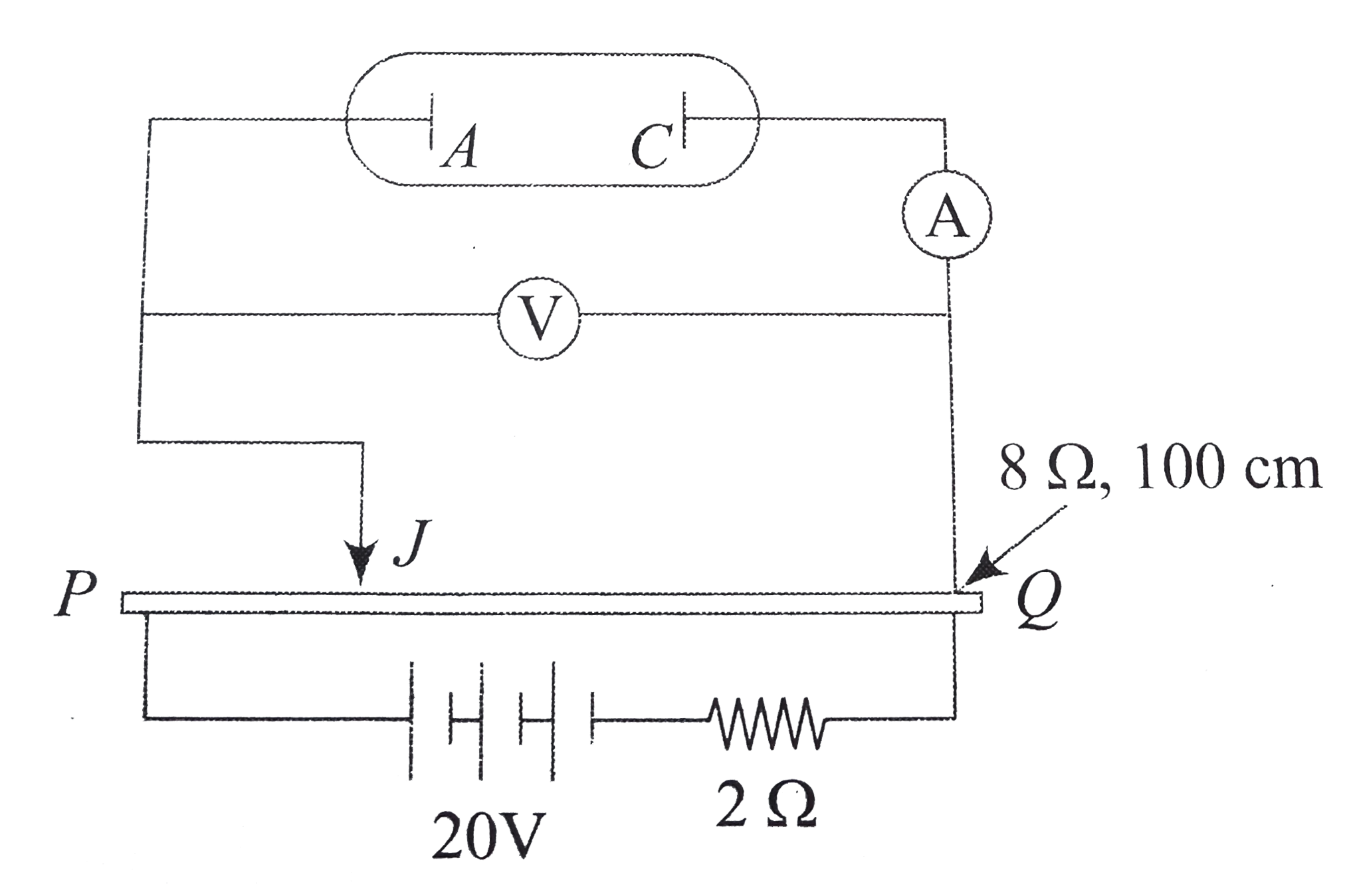Which of the two, namely voltmeter and potentiometer is preferable to measure the emf of a battery? Why?
To determine which instrument is preferable for measuring the electromotive force (emf) of a battery, we will compare the voltmeter and the potentiometer based on their principles of operation, precision, and reliability.
1. Understanding the Instruments:
- A voltmeter is an instrument used to measure the voltage (or emf) across two points in a circuit. It operates on the principle of a moving coil, which deflects in response to the current flowing through it.
- A potentiometer is a device that measures the voltage by comparing it to a known reference voltage. It works on the principle of a null point, where no current flows through the galvanometer connected to it when the potential difference is balanced.
2. Precision of Measurement:
- The voltmeter is generally less precise because it draws some current from the circuit when measuring voltage. This can affect the measurement, especially in high-resistance circuits.
- The potentiometer, on the other hand, does not draw any current from the circuit while measuring the emf. It measures the voltage by balancing it against a known voltage, allowing for a more accurate and precise measurement.
3. Reliability:
- The voltmeter can be affected by its internal resistance and calibration errors, which can lead to inaccuracies.
- The potentiometer provides a more reliable measurement since it operates on the principle of achieving a balance, thus eliminating the effect of internal resistance.
4. Conclusion:
- Based on the above points, the potentiometer is preferable for measuring the emf of a battery. It offers higher precision and reliability compared to a voltmeter.
Final Answer:
The potentiometer is preferable to measure the emf of a battery because it provides more precise and reliable measurements by operating on a null point basis, unlike the voltmeter which can introduce errors due to current draw.
- A voltmeter is an instrument used to measure the voltage (or emf) across two points in a circuit. It operates on the principle of a moving coil, which deflects in response to the current flowing through it.
- A potentiometer is a device that measures the voltage by comparing it to a known reference voltage. It works on the principle of a null point, where no current flows through the galvanometer connected to it when the potential difference is balanced.
- The voltmeter is generally less precise because it draws some current from the circuit when measuring voltage. This can affect the measurement, especially in high-resistance circuits.
- The potentiometer, on the other hand, does not draw any current from the circuit while measuring the emf. It measures the voltage by balancing it against a known voltage, allowing for a more accurate and precise measurement.
- The voltmeter can be affected by its internal resistance and calibration errors, which can lead to inaccuracies.
- The potentiometer provides a more reliable measurement since it operates on the principle of achieving a balance, thus eliminating the effect of internal resistance.
- Based on the above points, the potentiometer is preferable for measuring the emf of a battery. It offers higher precision and reliability compared to a voltmeter.
The potentiometer is preferable to measure the emf of a battery because it provides more precise and reliable measurements by operating on a null point basis, unlike the voltmeter which can introduce errors due to current draw.
Topper's Solved these Questions
- CURRENT ELECTRICITYBOOK - AAKASH SERIESCHAPTER - CURRENT ELECTRICITYEXERCISE - EXERCISE (VERY ANSWER QUESTIONS) (Choose the correct alternative)
3 Videos
- CURRENT ELECTRICITYBOOK - AAKASH SERIESCHAPTER - CURRENT ELECTRICITYEXERCISE - PROBLEMS (LEVEL-1)
17 Videos
- CURRENT ELECTRICITYBOOK - AAKASH SERIESCHAPTER - CURRENT ELECTRICITYEXERCISE - EXERCISE (SHORT ANSWER QUESTIONS)
12 Videos
- COMMUNICATION SYSTEMS BOOK - AAKASH SERIESCHAPTER - COMMUNICATION SYSTEMS EXERCISE - PRACTICE EXERCISE (TV Antenna)
16 Videos
- CURRENT ELECTRICITYBOOK - AAKASH SERIESCHAPTER - CURRENT ELECTRICITYEXERCISE - EXERCISE - IA
2 Videos
Similar Questions
Would you prefer a vlotmeter over a potentiomer to measure the emf of a battery?
View SolutionWhich of the two, an ammeter or a voltmeter, has a greater resistance ?
View SolutionWhy do we prefer a potentiometer to measure emf of a cell rather than a voltmeter ?
View SolutionState the working principle of potentiometer. With the help of the circuit diagram, explain how a potentiometer is used to compare the emf's of two primay cells. Obtain the required expression used for comparing the emfs. Write two possible causes for one sided deflection in a potentiometer experiment.
View SolutionThe length of a wire of a potentiometer is 100 cm, and the e.m.f. of its standard cell is E volt. It is employed to measure the e.m.f. of a battery whose internal resistance is 0.5Ω. If the balance point is obtained at I = 30 cm from the positive end, the e.m.f. of the battery is .
where i is the current in the potentiometer wire.
View SolutionName two devices which are used to measure the volume of an object.
View SolutionWhich of the following statements is correct during measurement of emf of cell by potentiometer ? .
View SolutionA high resistance voltmeter measures the potential difference across a battery to be 9-0 V. On connecting a 24 2 resistor across the terminals of the battery, the voltmeter reads 7.2 V. Calculate the internal resistance of the battery.
View SolutionFor the preparation of anisole
 which one is preferable reaction and why ?
which one is preferable reaction and why ?

View Solution
An experimental setup of verification of photoelectric effect is shown if Fig. The voltage across the electrodes is measured with the help of an ideal voltmeter, and which can be varied by moving jockey J on the potentiometer with wire. The battery used in potentiometer circuit is of 20 V and its internal resistance is 2Ω. The resistance of 100 cm long potentiometer wire is 8Ω.
The photocurrent is measured with the help of an ideal ammeter. Two plates of potassium oxide of area 50cm2 at separation 0.5mm are used in the vacuum tube. Photocurrent in the circuit is very small, so we can treat the potentiometer circuit as an independent circuit. The wavelength of various colors is as follows:
Q. Which of the following colors may not give photoelectric effect for this cathode? if power of incident light is 4*10^-6 and currenr 2micro ampere.
View Solution
